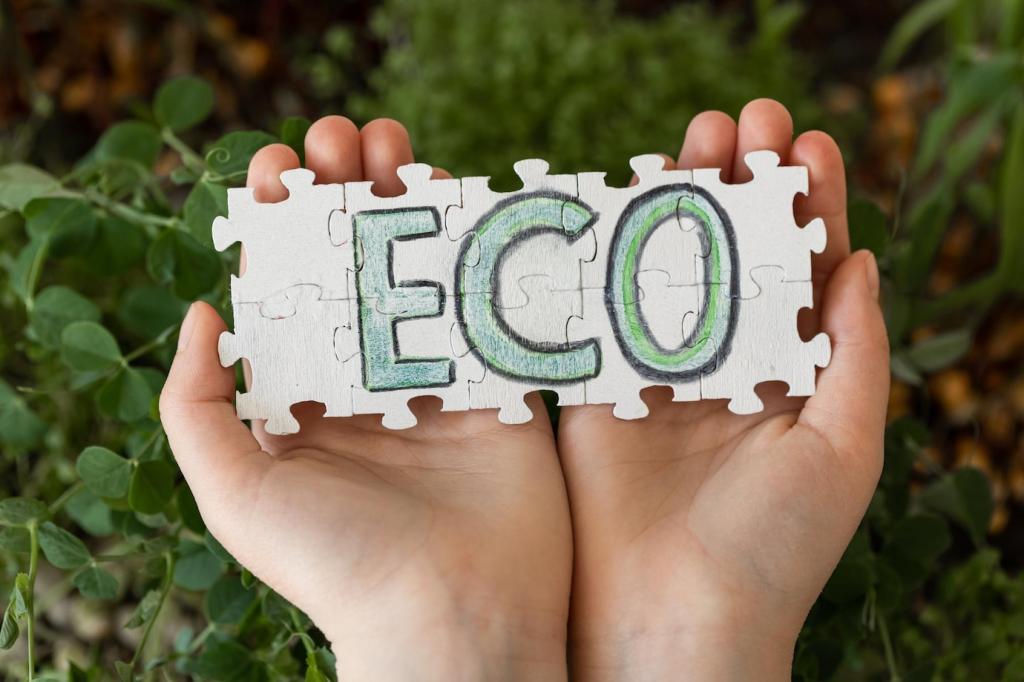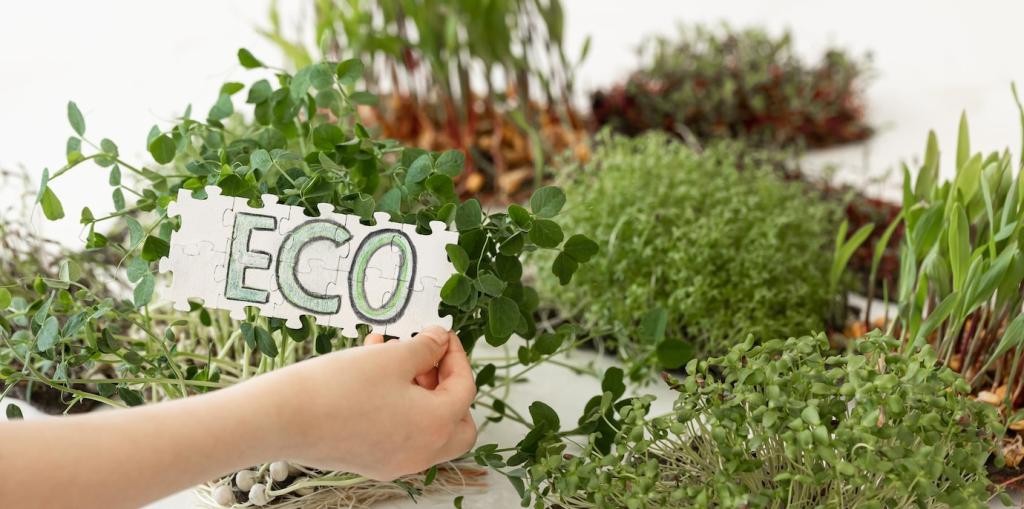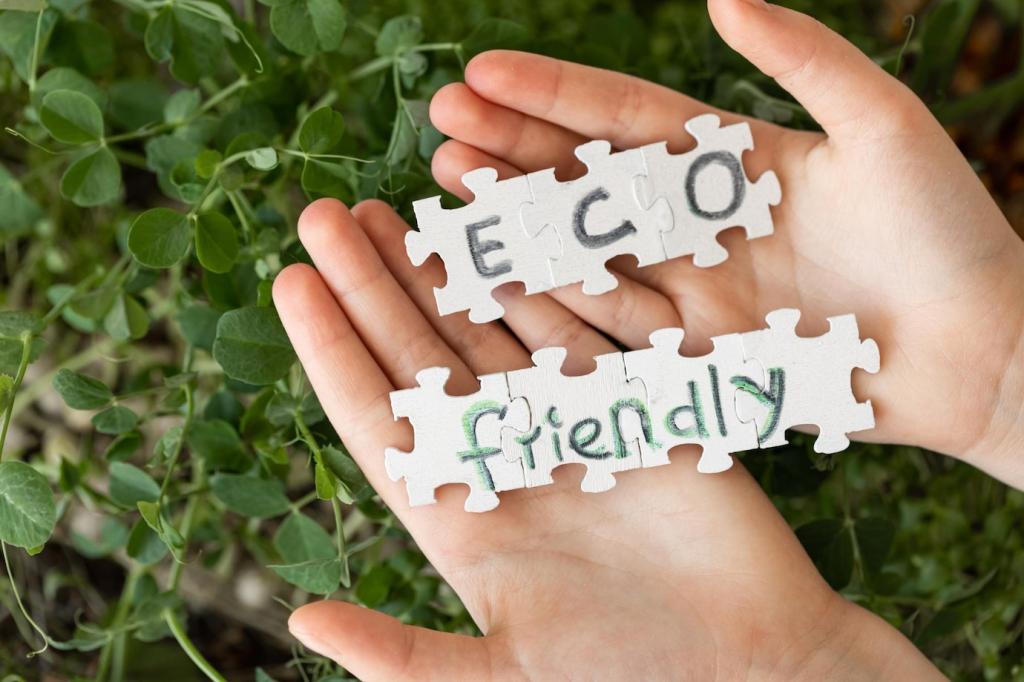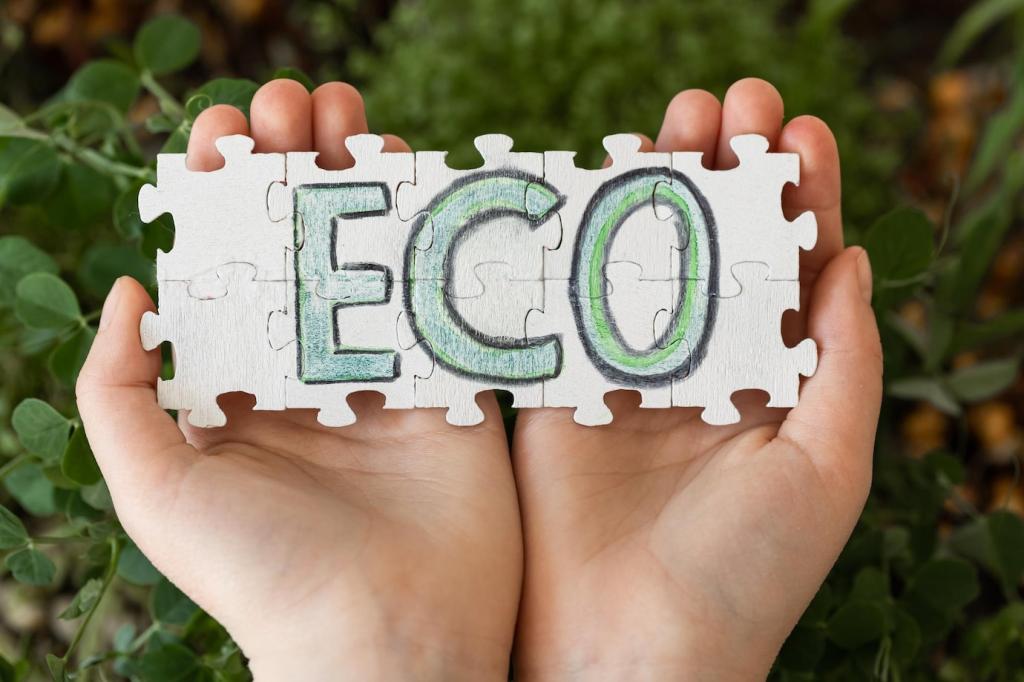Transparency, Standards, and Trust
Leather Working Group ratings, ISO 14001 systems, and chemical management protocols guide continuous improvement. Gold-rated facilities typically demonstrate strong effluent control, resource efficiency, and rigorous record-keeping, providing retailers and consumers assurance that claims about sustainable leather treatment are backed by credible third-party oversight.
Transparency, Standards, and Trust
QR codes and digital passports reveal tannery practices, treatment inputs, and finishing details. Some pilots use blockchain for immutable records, but data accuracy remains paramount. The goal is clarity: showing customers how their product’s feel, color, and finish connect to measurable, responsible choices.
Transparency, Standards, and Trust
Take-back programs transform offcuts and worn goods into new materials through fiber recycling or patchwork design. Design-for-disassembly hardware and minimal adhesives support easier repairs. These strategies extend the influence of sustainable treatment beyond the workshop, encouraging stewardship throughout a product’s life.
Transparency, Standards, and Trust
Lorem ipsum dolor sit amet, consectetur adipiscing elit. Ut elit tellus, luctus nec ullamcorper mattis, pulvinar dapibus leo.






